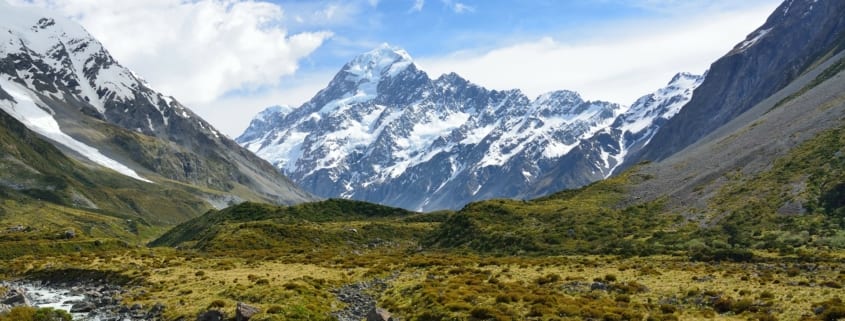Conservation Basics: Saving the World With Enya
Rainforest Trust’s work to protect habitats for threatened species is grounded in cutting-edge conservation science. But in this series, we explore the basics of conservation science and how they inform Rainforest Trust’s scientists.
As I write this, the soothing tones of Enya’s “May It Be,” written for the Lord of the Rings film series, is playing through my headphones on repeat.
(Judge me for my work playlist. I dare you.)
At this point in the films, right after the events of the Fellowship of the Ring, our party of heroes has fractured. Orcs have taken Merry and Pippin. Aragorn, Legolas and Gimli are off to save them. Gandalf is (for now) dead. Boromir is (for good) dead. Sam and Frodo are schlepping to Mordor.

This post has something to do with conservation, I promise.
On that end-of-the-beginning cliffhanger, the screen fades to black and Enya chimes in:
May it be an evening star
Shines down upon you
May it be when darkness falls
Your heart will be true
It’s an interesting choice in tone. The plot has arrived at a rather dark moment. The promise of camaraderie is gone, the mission has dispersed and each character must decide for themselves how to continue. The potential world-shattering consequences of their journey are in the hands of each individual’s decision. And without any of them continuing to fight evil, all of them are more likely to fail.
But nobody goes home. No one dares let the darkness of the moment cloud their vision of a better future. They each have the choice of the easy route or the valiant — yet difficult and fraught-with-peril — route. And they all choose the latter. That could be why Enya, instead of bemoaning the loss of unity, availed our heroes of the universe’s fortune and courage.
The fight for our planet’s future is at a similar crossroads.
But I’m not convinced we’ve all decided to carry on.
I dubbed this column “Conservation Basics.” And I started it intending to convey the details of conservation science. I wanted those not versed in the annals of the field to be able to advocate for conservation-in-practice. But, as I wrote it, I didn’t explain the basics of conservation. I explained the basis of conservation.
Over three articles, I defined habitat with explorer chickens, tortilla chips and coffee snobs. And then, over three articles, I defined species with spaghetti, pastrami sandwiches and freak bears. And that’s basically ecology: habitat and species and their interaction. And pastrami sandwiches.
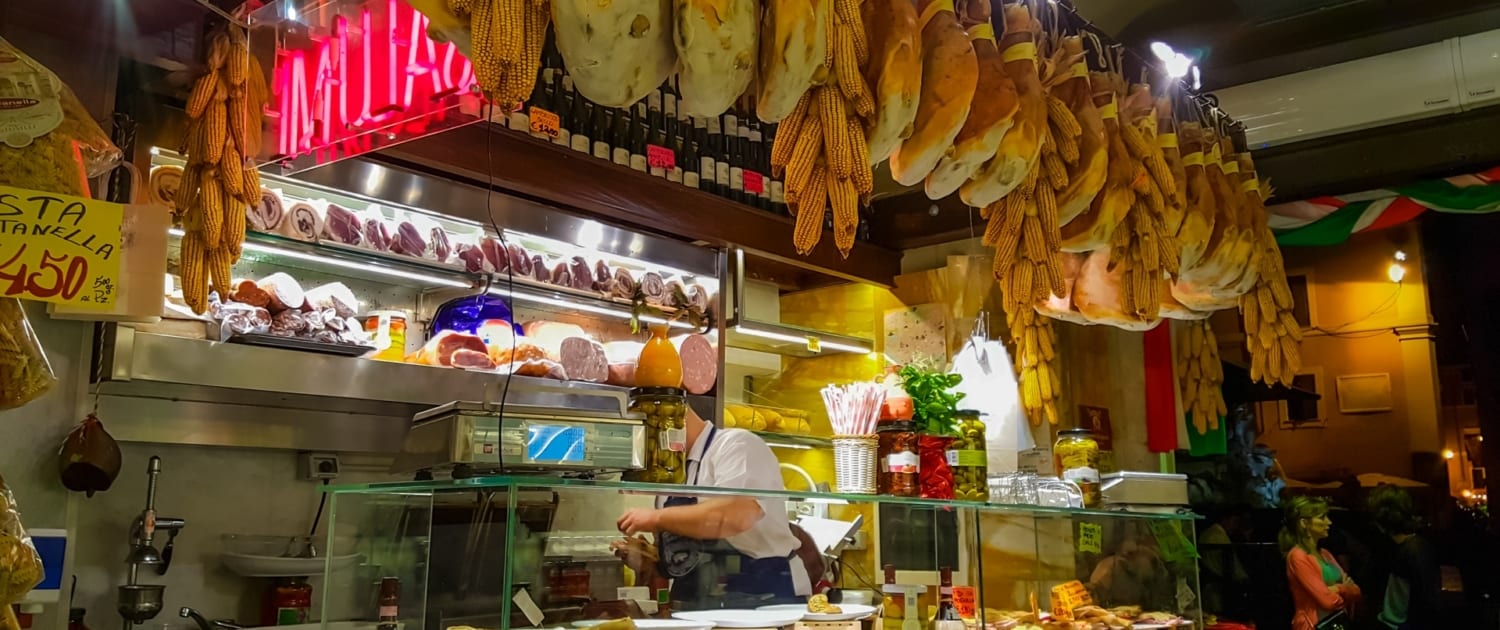
Conservation can essentially just come down to pastrami sandwiches.
Ecology has a lot of moving parts. But it all comes down to what lives where. Species live in habitats and habitats are home to species. In the words of the Talmudic-era Rabbi Hillel: “The rest is commentary.”
The interdependent and complicated workings of food webs, speciation, community dynamics and every other detail of ecology are the logistical framework of conservation. We need to organize our plans to protect species around the scientific details.
But I haven’t dived into what that means. How do you protect a bison population that roams beyond the boundaries of a national park? How do you protect a species of frog isolated to a disappearing corner of the rainforest? How do you keep poachers from taking rosewood out of a forest and shipping it around the world?
Those questions are the basics of conservation. But we conservationists are often so excited about explaining our plans, we can forget that we’re not always on the same page. We ramble on about our ideas without a common acceptance in the general public of why that work is so important.
We’ve decided to carry on in the fight for our planet, but we don’t always do a good job of convincing others to do so.
So I wrote this column.
And now you know about specific habitat requirements for species, so you can understand why coastal development can be detrimental for ecosystems. Now you know about what differentiates one species from another, so you can understand why protecting some random, rare hummingbird is vital to the legacy of evolution and ecosystem function. Now you know about the ramifications of (what you heretofore believed were) insignificant species going extinct, so you can pipe up next time someone asks “What do we need to save that stupid butterfly for?”
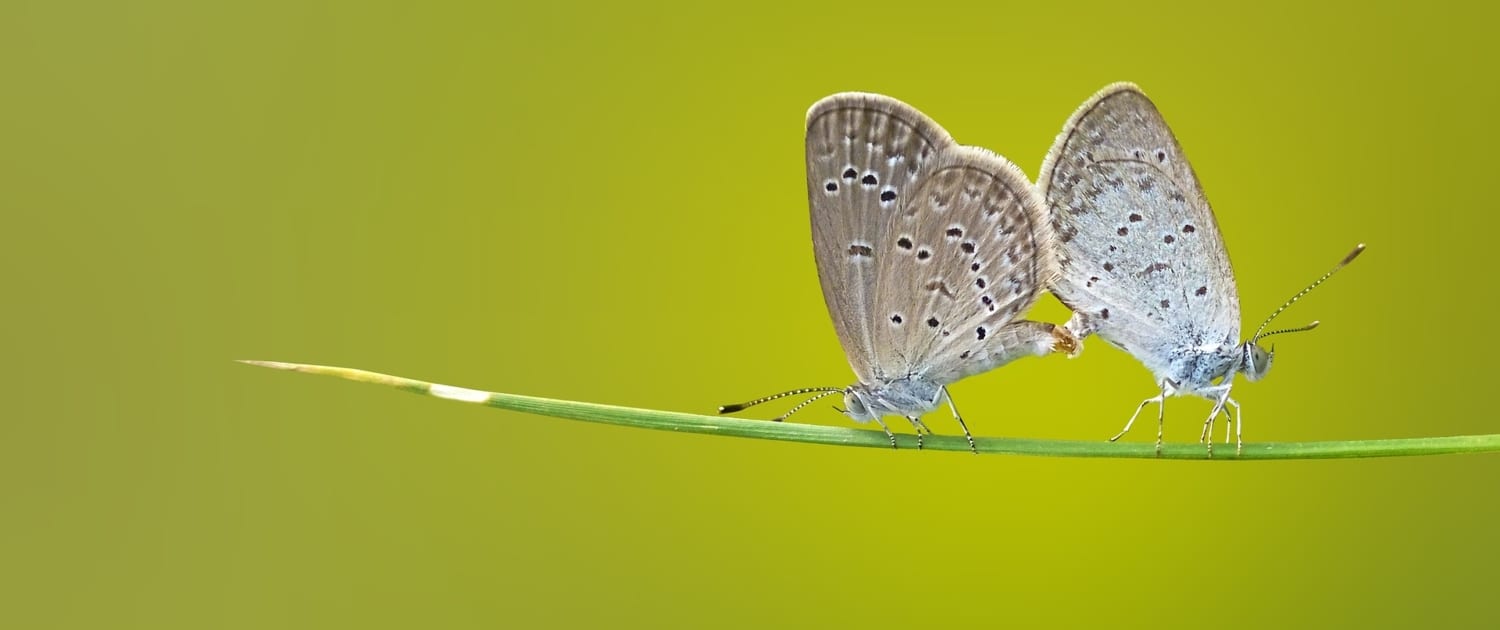
“Who you callin’ stupid?”
But where does this leave us? How do you all truly become advocates for conservation-in-practice if all I’ve done is talk about why it’s important in theory? I could continue this column with the actual fundamentals of conservation on the ground. But it wouldn’t be the same.
This column’s soul has come, I realize in retrospect, from the relationship that has always fascinated me the most: the one between habitat and species. And I could write more on that relationship. A lot more. But I have new ideas for more stories that go beyond that framework. So with this article, I’m closing out the Conservation Basics column.
“Wait!” you might say. “There’s still so much I don’t know. You just asked us: how are we supposed to be conservation advocates when people have so many questions that we won’t know the answers to?”
In the first article of this series, I introduced you to an elephant in the Democratic Republic of the Congo. I wrote:
I don’t know where, exactly, the elephant is at this precise moment or if any other elephants are nearby. I don’t know if the elephant is sick, well-fed, hungry, stressed or relaxed. I know nothing about this specific elephant. But I know an elephant is somewhere in the forests of the Democratic Republic of the Congo.
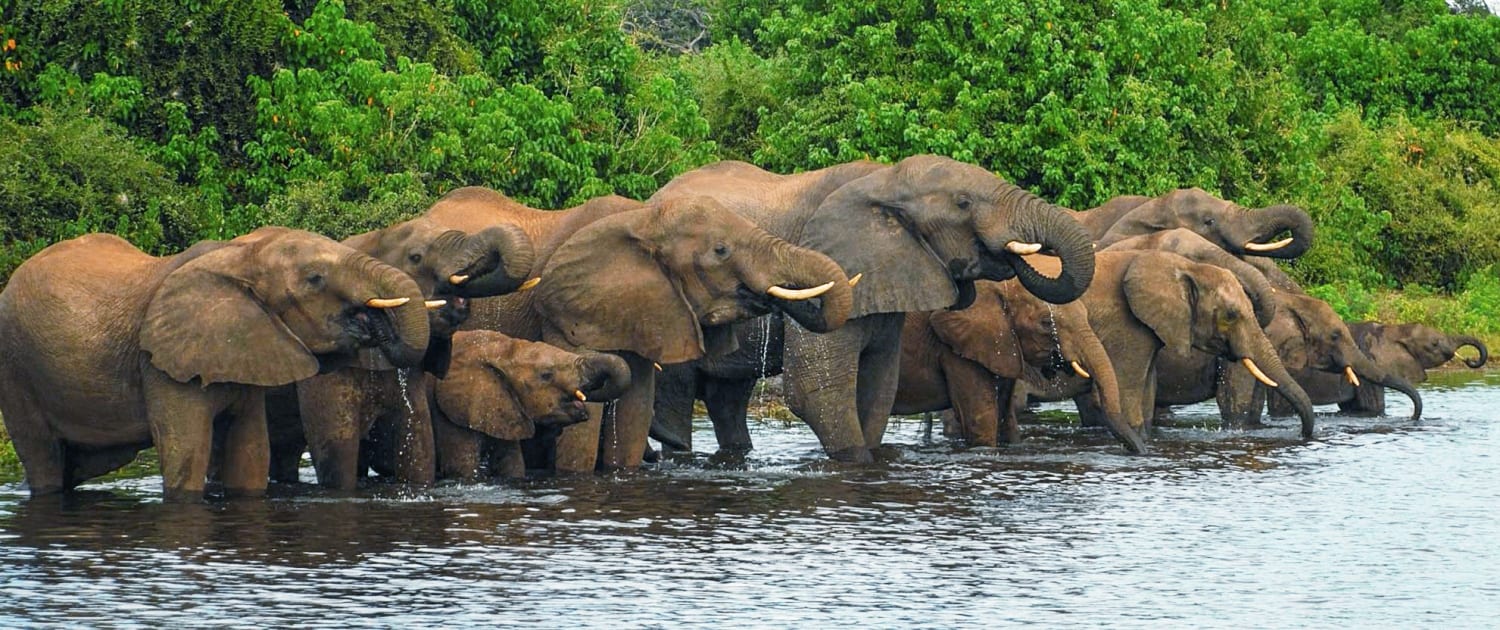
Those African Forest Elephants, still there in the DRC. Photo by Caroline Granycome/Flickr
Point is: there’s a lot we’re uncertain about when it comes to conservation. But later in that article I wrote:
Science is about uncertainty, but uncertainty does not consume science, nor does it immobilize it… We need not know every detail to save our planet. We only need to keep learning.
It’s ok that you don’t know everything. I don’t know everything. David Attenborough doesn’t know everything. People ask me questions I don’t know the answer to all the time. I’m sure if you asked David Attenborough about the digestive system of deep-sea vertebrate fishes he wouldn’t know the answer.
Actually, I wouldn’t put it past him.
But I will keep learning. David Attenborough has spent 90+ years continuing to learn. And, I hope, so will you. I’ll keep writing about conservation science, theory and practice on this blog, too. So keep tunin’ in folks!
I hope this column, if it did anything, relayed the splendor and wonder of habitats and species and their inexorable, dynamic relationship. I hope this column let you fall in love with the questions. Because we’re at a crossroads. Our planet is facing potential world-shattering consequences. And I need you to carry on.
It’s daunting. And it’s unpleasant to think about what happens if we fail. The task at hand might ask us to make unlikely friends and go places we’re not used to going.
But if Legolas and Gimli can forge on together, so can we. If Sam can jump from a river into a canoe so as not to abandon Frodo, we can ford that river of doubt.
The best conservation-surrogates in this whole extended metaphor might be Merry and Pippin who teamed up with trees to defeat deforestation. And evil.
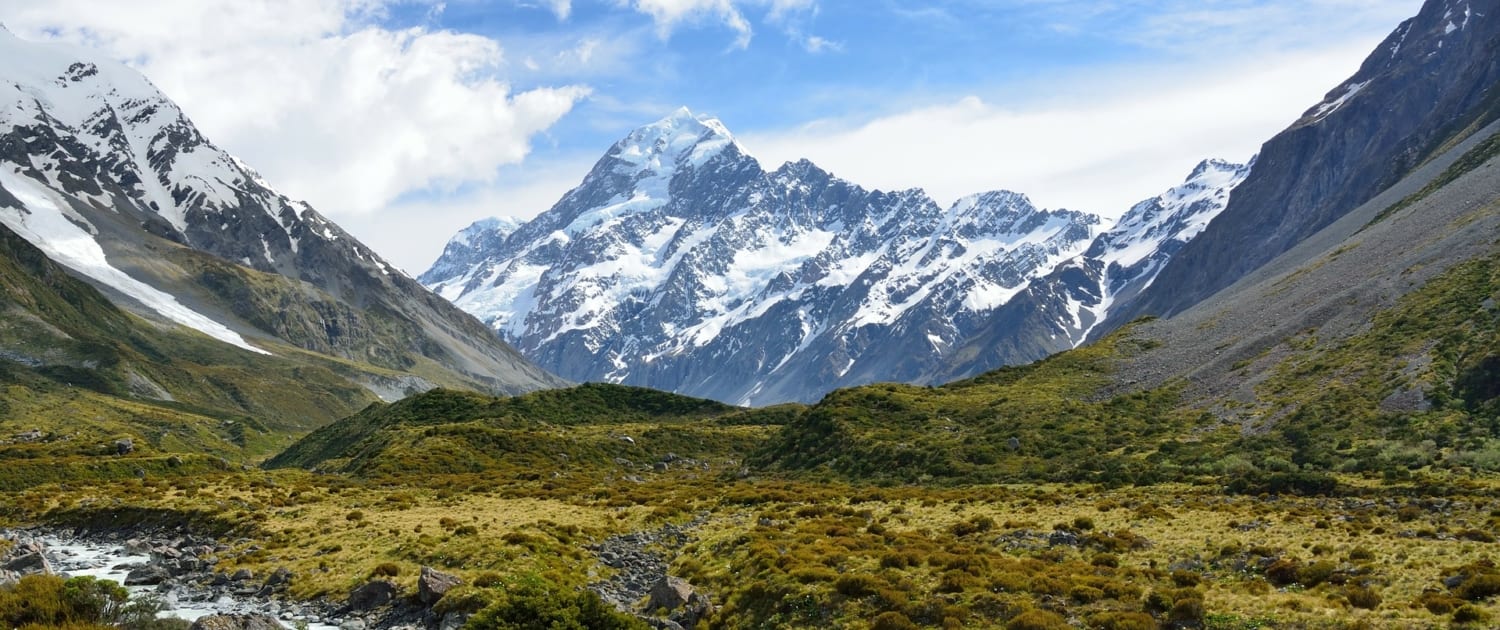
I bet Middle Earth has some really cool wildlife. And some thriving ecosystems.
Our planet faces frightening future timelines. But the future, unlike the inscription on the One Ring, isn’t engraved in unbreakable stone.
We have the power to change it. You have the power to change it.
So as Enya said:
Darkness has fallen
A promise lives within you now

